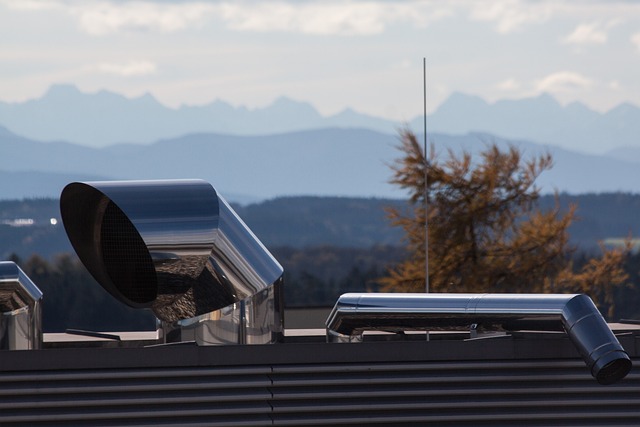
20 Jul New energy guidelines promote healthy indoor ventilation
Work culture changed during the pandemic. leading individuals to spend more time indoors – however, this means more time potentially breathing indoor air components. Indoor air is known to be many more times polluted than outdoor air and carries with it a number of risks.
Recently, BEAMA, the Uk’s trade association for manufacturers of energy infrastructure, technologies and systems, released a guide determined to improve air quality indoors and to do so in a way that promotes energy efficiency.
Air-conditioning and ventilation facilities are commonplace within the Middle East, due to the arid environment and temperature that usually range between 40 and 50 degrees.
In recent years, companies have resorted to sealing up homes to make them more air efficient, however this has resulted in an increase of air pollution in the process.
Indoor air pollution can consist of carcinogens from open air cooking, toxic chemicals from animals or degrading materials, or further chemicals from cleaning or cooking that can hang in the air of an improperly ventilated area.
Household air pollution exposure can lead to a rise in noncommunicable diseases such as stroke, heart disease or even lung cancer.
BEAMA’s new report acts as guidelines for energy manufacturers around the world – before a property can be cleared as energy efficient, the properly must now also meet a certain standard of ventilation.
Through BEAMA’s new guidelines, and adaptations around the world, indoor air pollution and household air pollution can be reduced, saving lives.
Ventilation remains a key focal point of discussion throughout the fire and safety industries.






